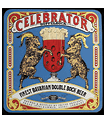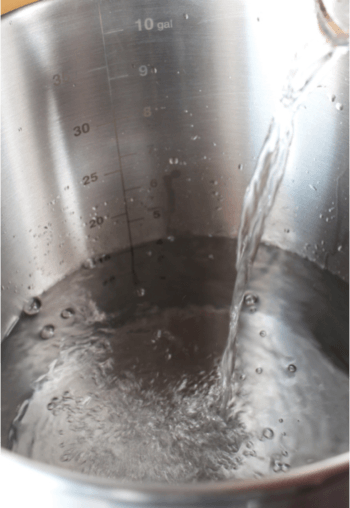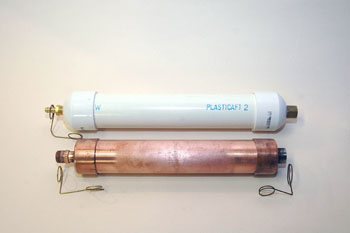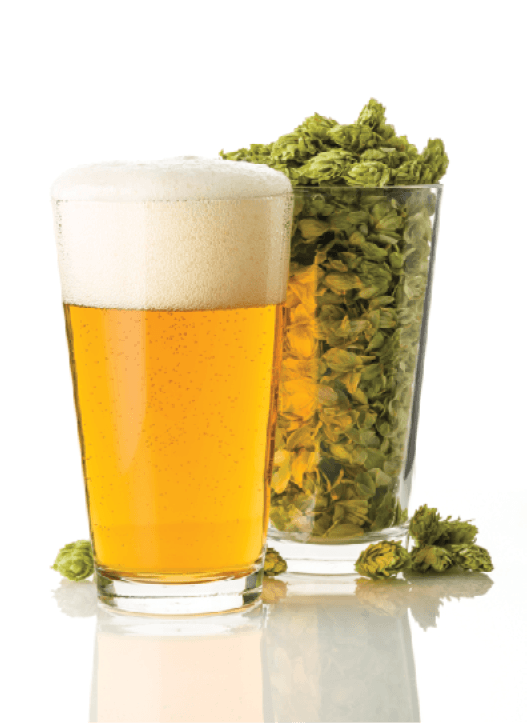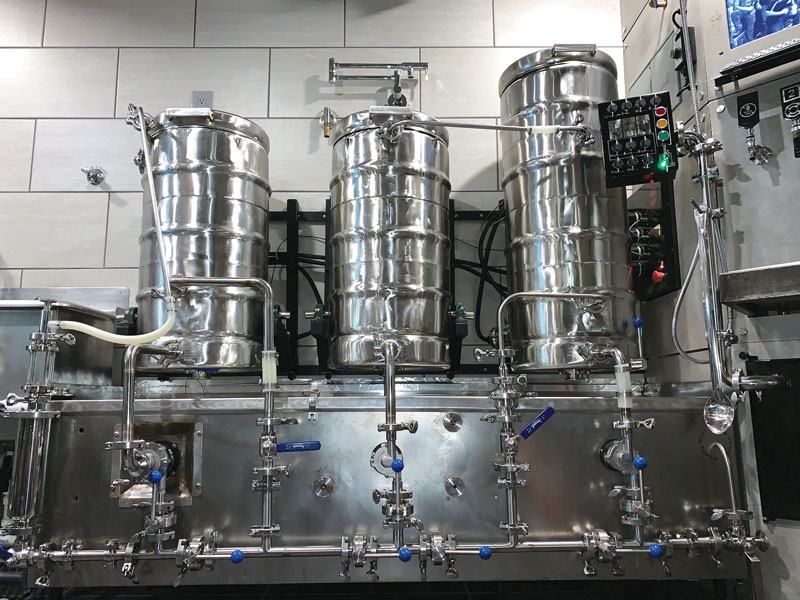May-June 2005
Article
10 Classic Clones
Now you can make your own recreations of Anchor Steam, Fuller’s ESB, Guinness Draught, Sierra Nevada Pale Ale, Orval Trappist Ale, Duvel, Paulaner Hefe-Weizen, Pilsner Urquell, Celebrator and Warsteiner Premium Varum. There
Recipe
Brauerei Aying Ayinger Celebrator clone
This massively malty Bavarian dopplebock is darker than Salvator and shows a distinct chocolate malt character.
Recipe
Warsteiner Brauerei: Warsteiner Premium Verum clone
Warsteiner is a well-known German Pilsner. This light-colored lager has a more rounded, less crisp, malt profile compared to Bitburger. Treat your yeast well to reach the fairly low final gravity of this beer.
Recipe
Plzensky Prazdroj’s Pilsner Urquell clone
Brewed in Plzen, Czech Republic, Pilsner Urquell is the original Pilsner beer. Brew this clone with soft water.
Recipe
Paulaner Hefe-Weizen clone
Paulaner Hefe-Weizen is a well-balanced example of a hefe-weizen. Follow the mash details and watch your fermentation temperatures to get the much sought after “breadiness” and banana/clove aroma of a German hefe-weizen. Prost!
Recipe
Brouwerij Duvel Moortgat’s Duvel clone
Duvel is the classic Belgian golden ale. Although it is very strong (8.5% ABV), the beer is extremely light in color and dry in taste. The dense, white head that sits above the beer lasts until the beer is done. In the US, bottles of Duvel often show some oxidation in the aroma. Brewing it fresh at home gives you a glimpse of what it tastes like in Belgium. The yeast will not have an easy job here; they are dealing with a high-gravity, high-adjunct wort. Help them (and yourself) out by making a big yeast starter for a high cell count at pitching.
Recipe
Brasserie D’Orval’s Orval Trappist Ale clone
Orval pours orange-brown with a big, rocky head. The very spritzy levels of carbonation and lightly sour with a distinctive Brett character make the beer feel prickly on the tongue. Orval beer is distinctly dry and has little hop bitterness or flavor, although it is the only Trappist ale to be dry hopped. You’ll really taste the pale malt base, so don’t use US, German or English malts for this.
Recipe
Anchor Brewing Co.’s Anchor Steam clone
This beer takes its name from the days when beer was made in the cool climate of San Francisco on rooftops in the nineteenth century—open vessels were used to help cool the beer quickly. Steam is the beer that convinced Fritz Maytag to buy the brewery in 1965 and carry on the brewing tradition that started there in the late 1800s. It features a deep amber color and Northern Brewer hops.
Recipe
Sierra Nevada Brewing Co.’s Pale Ale clone
Updated recipe with the latest information gleaned from Sierra Nevada’s website. ‘The’ classic American Pale Ale.
Recipe
Guinness Draught clone
Guinness Draught, the kind found in widget cans or bottles, is an Irish dry stout. Guinness has a sharper roast character and more hop bitterness than Murphy’s. The key to making a great clone is using roasted unmalted barley (or black barley) with a color rating around 500 °L.
Recipe
Flanders Brown Ale
Horst Dornbusch profiles Flanders Brown Ale and provides readers with a recipe found here. This style is also known as Oud Bruin, which often are sour, but not always. This version adds some sour-tang to the beer’s profile.
Recipe
Birch Sap Lager
"This recipe is from the Specialty/-Experimental/Historical category of the GNBC recipe book and is of local interest."
– Jay Levell
Recipe
Rauchbear
This beer took First Place in the Classic Rauchbier category at the 2001 Alaska State Fair Homebrew Competition. — Mark Ryan
Recipe
Tröegs HopBack Amber Ale clone
This hoppy amber ale features a complex balance of chewy caramel and toffee notes from the malt and grapefruit flavors from the hops.
Mr. Wizard
Extract Addition times
This question really shows me how homebrewers have changed since the early days of the legal homebrewing movement in the United States. The early pioneer homebrewers in the mid to late 70s
Article
Understanding Residual Alkalinity & pH
Predicting mash pH based on residual alkalinity. Plus: What’s the best beer color for your water type?
Project
Build Two Hopbacks: Projects
Maximize hop aroma with one of our two simple hopbacks.
Article
Making & Using Dark Roast Extract
How to blend a pale beer with a dark roast extract to build the perfect pint of stout.
Article



